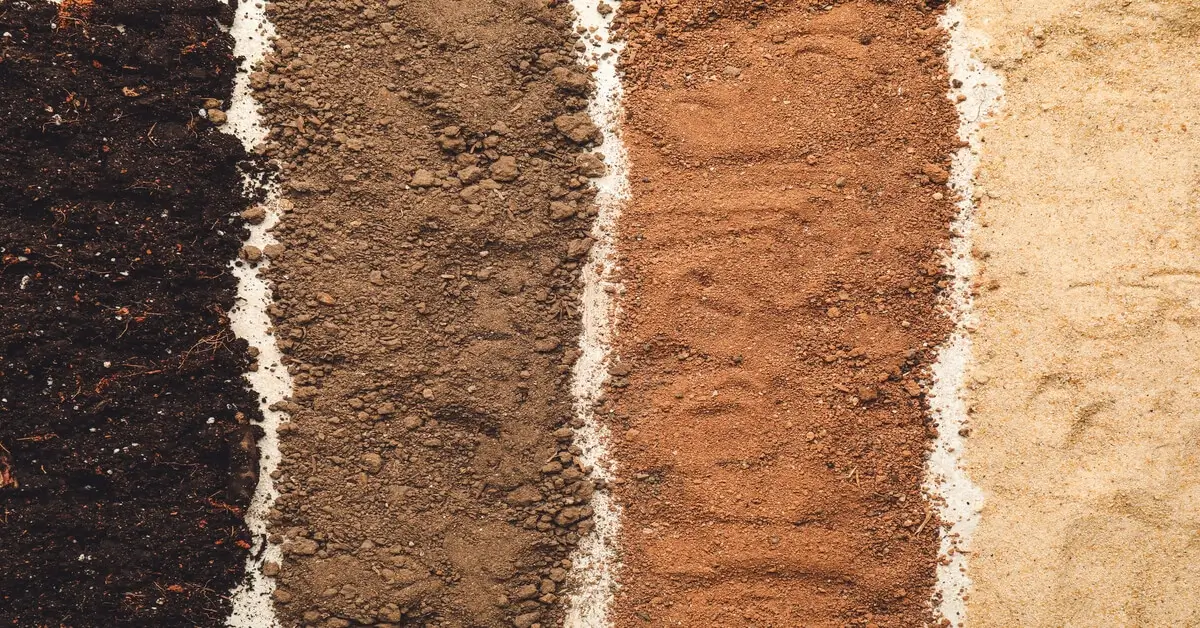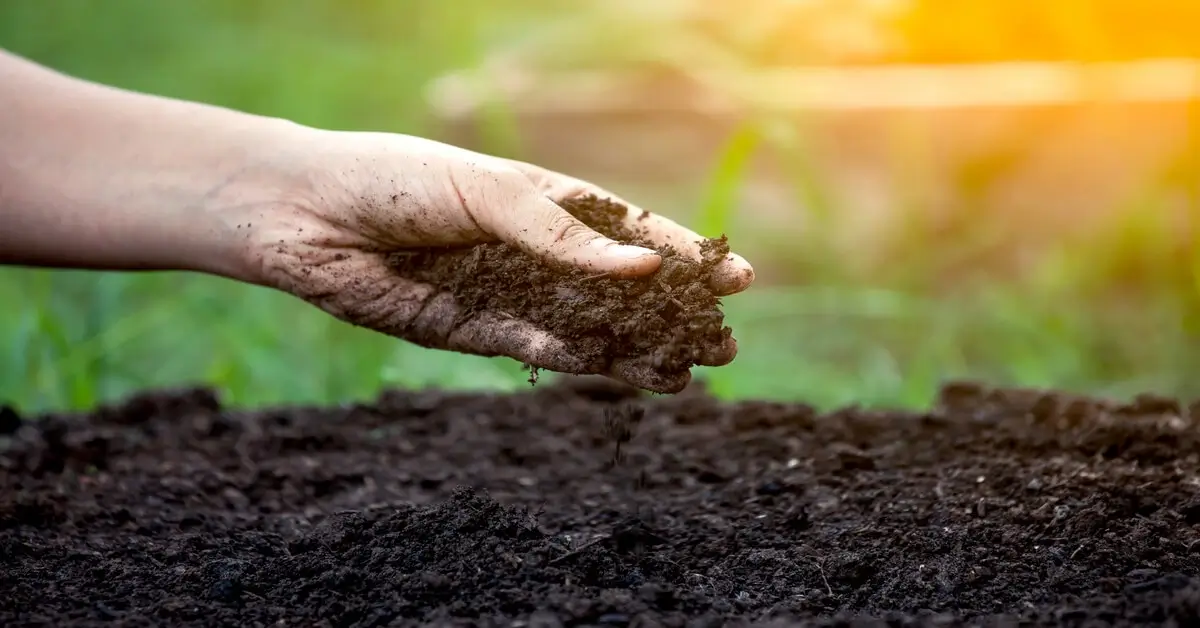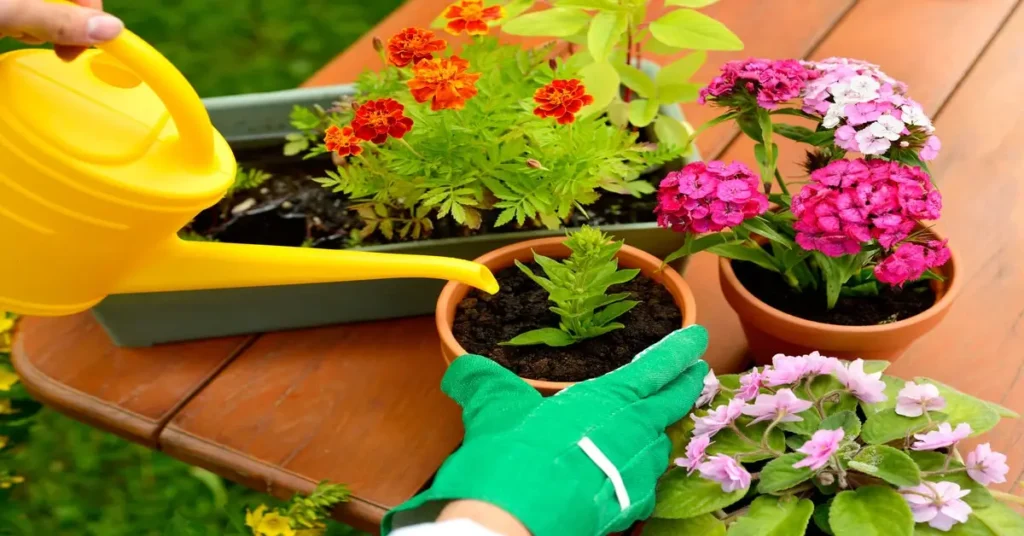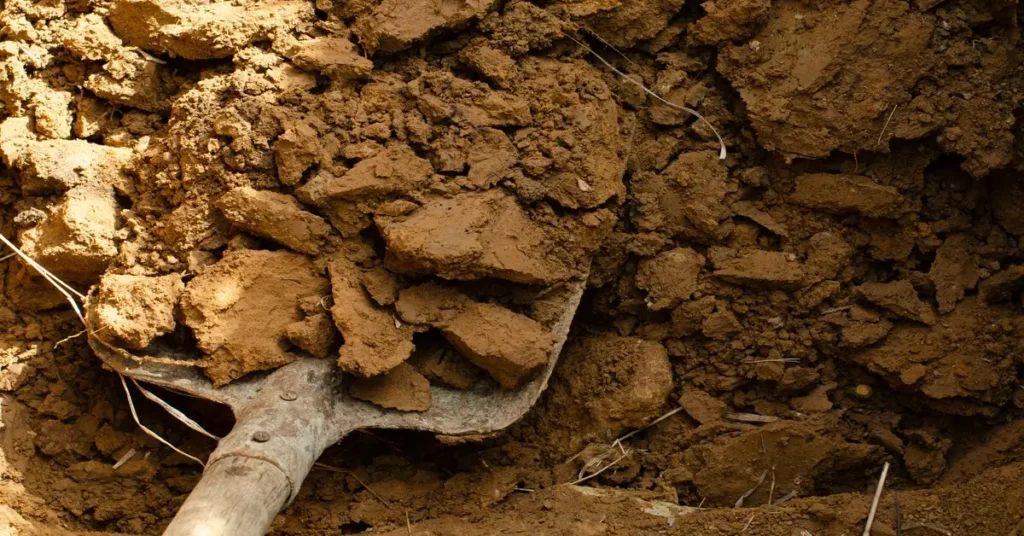Understanding what well-drained soil means is crucial for every gardener. It’s a term often thrown around in gardening circles, but what does it entail? We’re here to demystify the concept of well-drained soil and why it’s so crucial for plant health.
The Basics of Soil Drainage
Soil drainage refers to the soil’s ability to allow water to pass through it. Well-drained soil is neither sandy nor clayey, providing an ideal environment for plant roots. It balances moisture retention and drainage, ensuring plants get the water they need without becoming waterlogged.
Why Drainage Matters
Poor drainage can lead to root rot and other plant diseases. Conversely, soil draining too quickly may not give plants enough time to absorb the water they need. Well-drained soil is the sweet spot, offering plants the best of both worlds.
Types of Soil

Sandy Soil
Sandy soil is fast-draining but may need to hold more nutrients for plants.
Clay Soil
Clay soil retains water but drains poorly, making it less than ideal for most plants.
Silt Soil
Silt soil has medium drainage but can compact easily, affecting its drainage over time.
How to Test Your Soil
A simple test to check your soil’s drainage involves digging a hole about 6 inches deep and wide. Fill it with water and observe how long it takes to drain. You have well-drained soil if it drains within 30 minutes to an hour.
Improving Soil Drainage

Organic Matter
Adding organic matter like compost can improve sandy and clay soils.
Raised Beds
Consider using raised beds filled with well-draining soil for areas with poor drainage.
Add Sand
Incorporating sand can make clay soil more porous and improve drainage.
Common Problems and Solutions
Root Rot
Poorly draining soil can lead to root rot. Make sure your soil drains well to prevent this.
Disease and Insect Damage
Plants in poorly drained soil are more susceptible to disease and insect damage.
pH Levels and Drainage
Soil pH can also affect drainage. Most plants prefer a slightly acidic to neutral soil pH for optimal water absorption and nutrient uptake.
Conclusion
Well-drained soil is essential for healthy plant growth. It allows water to flow freely yet retains enough moisture for plants to absorb nutrients. Whether you’re a seasoned gardener or a newbie, understanding your soil type and how to improve its drainage can make all the difference in your gardening success.



